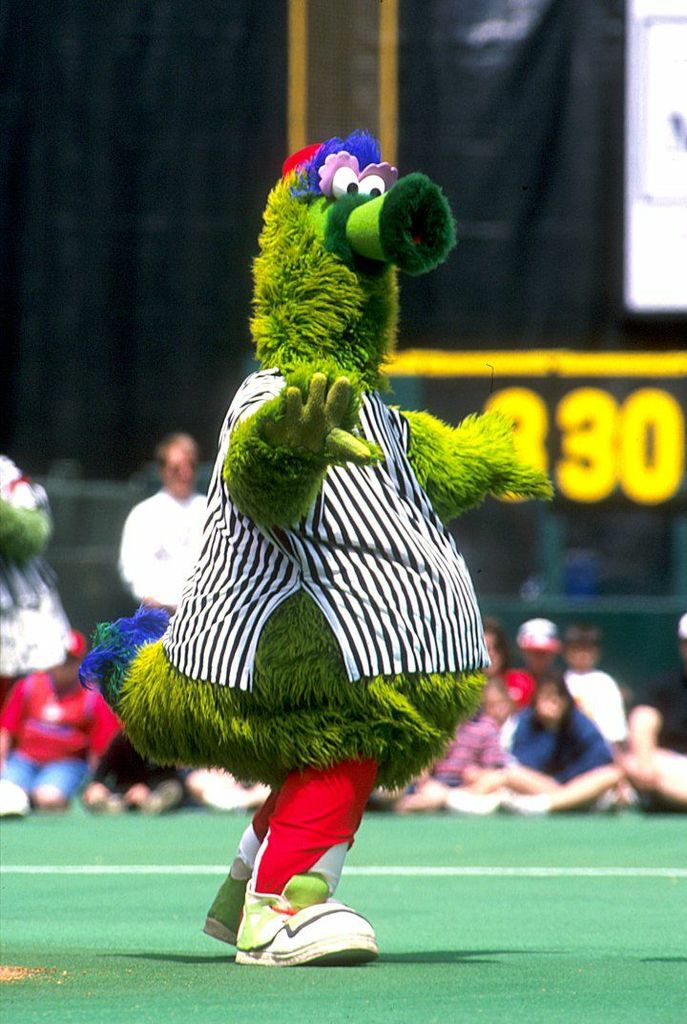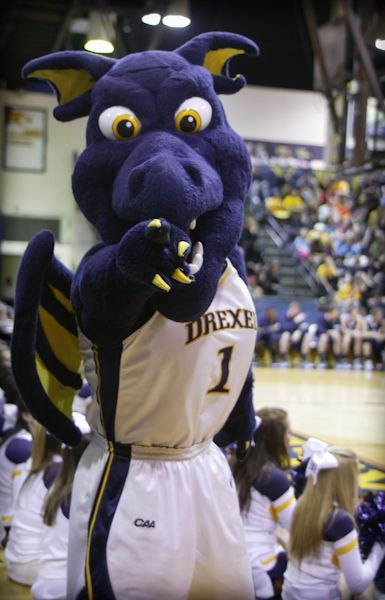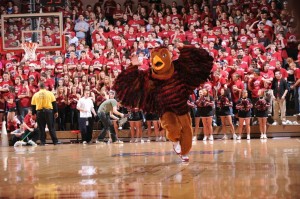Sports Mascots
By Ed Moorhouse
Essay
The origins of the word “mascot” can be traced to France, where it was once used to describe anything that brought luck. But in the sports world, mascots are much more than good-luck charms. They are larger-than-life cheerleaders who encourage fans to root for the home team, laugh, and even have some fun at the expense of opponents. In Philadelphia, mascots have become as much a part of the fabric of sports culture as the city’s teams.
Chief among all mascots in the sports-crazed City of Brotherly Love is the Phillie Phanatic, a nationally recognized symbol of Philly fandom. The Phanatic first started entertaining baseball fans at Veterans Stadium in April 1978, replacing Philadelphia Phil and Phyllis, a short-lived, colonial inspired mascot duo unveiled in 1971.
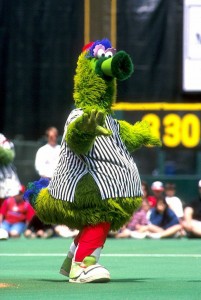
Bill Giles, chairman and part-owner of the Phillies, believed entertaining the fans was as important as the game itself. Giles tasked Sesame Street puppet creators Bonnie Erickson and Wayde Harrison to create a “fat, green, indefinable, and lovable” mascot to represent the “fanatical” fans of Philadelphia.
Famously, Giles did not think the Phanatic would catch on, and he initially refused to purchase the copyright for the new mascot. His hunch was wrong, and he later bought the copyright for $200,000. The Phanatic became wildly popular with the fans at Phillies home games and all over the world. The mascot, which is described as a rare species of bird from the Galapagos Islands, has parachuted into Veterans Stadium to kick off the baseball season and has led championship parades down Broad Street.
Charity and Party Appearances
First played by Dave Raymond and now by Tom Burgoyne, the Phanatic has made thousands of appearances at charity functions and parties and can be seen at minor league stadiums putting the hex on opposing pitchers and dancing atop dugouts. In 2002, he became one of three mascots enshrined in the National Baseball Hall of Fame and Museum in Cooperstown, NY.
Other pro sports teams in Philadelphia have used mascots to lead their fans in cheers as well. The NFL’s Eagles have employed Swoop, a bald eagle, since 1995. The NBA’s 76ers first had a large blue creature named Big Shot, which gave way to a basketball-dunking rabbit named Hip Hop. Neither was popular with fans. The Flyers of the NHL had a mascot named Slapshot in 1976, but it was discontinued.
Among Philadelphia’s higher education institutions, mascots have been inspired by university roots, standards, and defining characteristics.
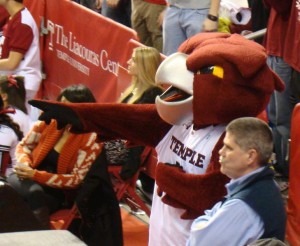
Temple University’s Owl has been a symbol of the school since its founding in 1884. The nocturnal bird of prey was considered ideal for a college where most students attended classes at night. The evening scholars were encouraged by university founder Russell Conwell who told them, “The owl of the night makes the eagle of the day.”
St. Joseph’s Hawk
Another winged mascot that embodies university spirit is Saint Joseph’s Hawk, which first appeared in 1956 during a basketball game at the famed Palestra. The Hawk represents Saint Joseph’s motto, “The Hawk Will Never Die,” by flapping its wings throughout every basketball game. One of the few mascots in the nation that travels to every game, the Hawk is distinctive because the student who wears the costume is awarded a full scholarship and serves as a manager for the men’s basketball team.
Some mascots are not historically accurate but have become part of university identity nonetheless. A prominent example is the Penn Quaker. Despite what the nickname suggests, the University of Pennsylvania has no religious ties to Quakerism. According to university archivists, sports writers in the late 1800s referred to Penn athletic teams as Quakers because Philadelphia was known as the Quaker City.
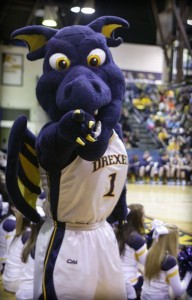
In another example of a nickname coming from the press, Drexel University athletic teams gradually became known as the Dragons after the name appeared in a 1928 football headline. La Salle University students’ selection of the nickname “Explorers” in 1932 may or may not have been influenced by the error of a Baltimore sports writer who mistakenly wrote that La Salle was named for the famous French explorer instead of St. John the Baptist de la Salle.
At Villanova, a campus-wide naming contest in 1926 led the University to adopt the Wildcat, meant to convey ferocious attitude, speed, agility, and alertness. Birds are the mascots of choice for neighboring institutions like Rowan University (an owl, for the college’s emphasis on education); the University of Delaware (a blue hen, a fighting breed popular with area soldiers during the American Revolution); and Rutgers–Camden, whose teams became known as Scarlet Raptors in 2001.
For colleges and the pros, mascots have embodied team pride and good luck. In Philadelphia, where they can be seen roaming the stands at any sporting event, they have become as synonymous with the city as its passionate fans.
Ed Moorhouse is an editorial/media specialist at Rutgers–Camden. (Author information current at time of publication.)
Copyright 2013, Rutgers University.
